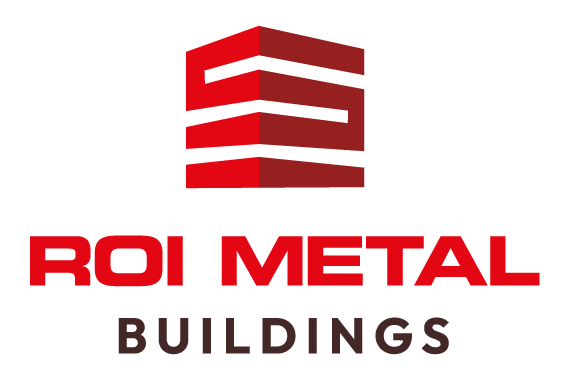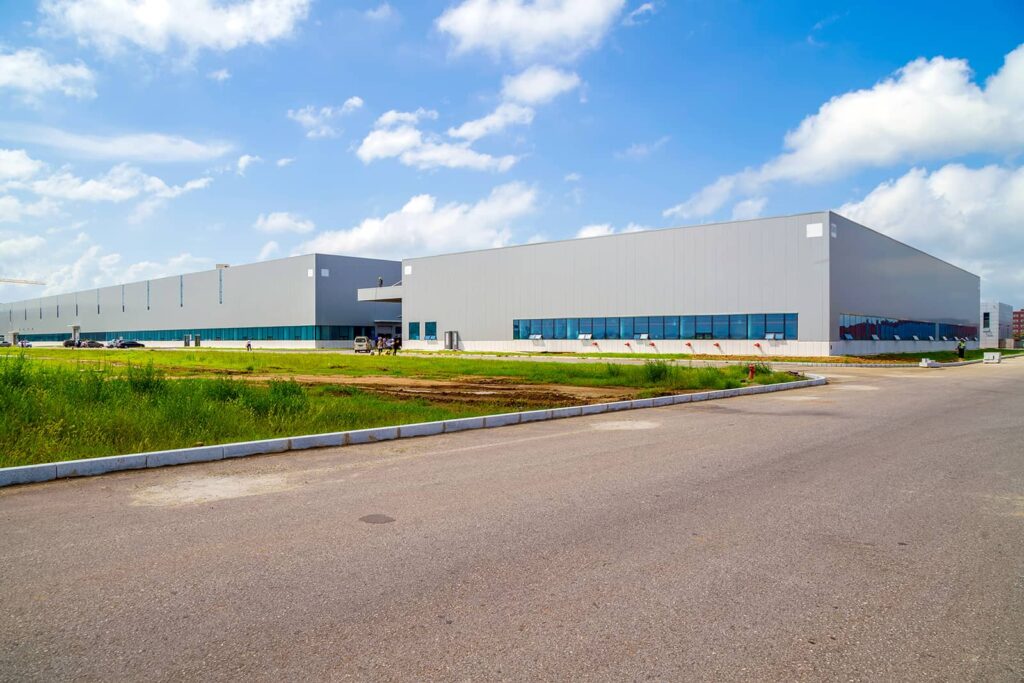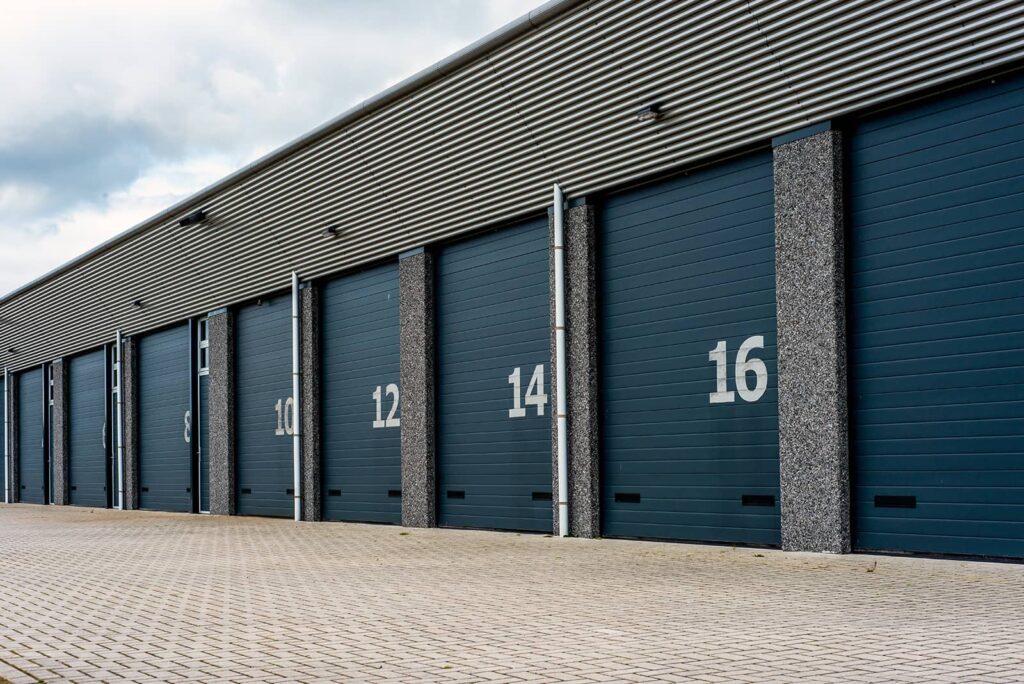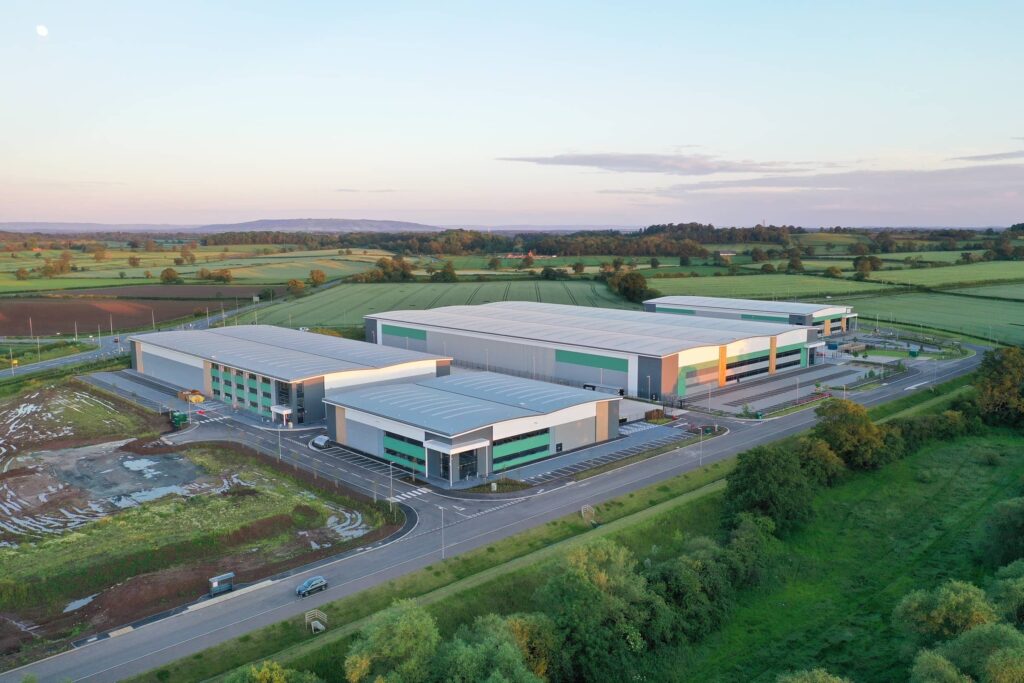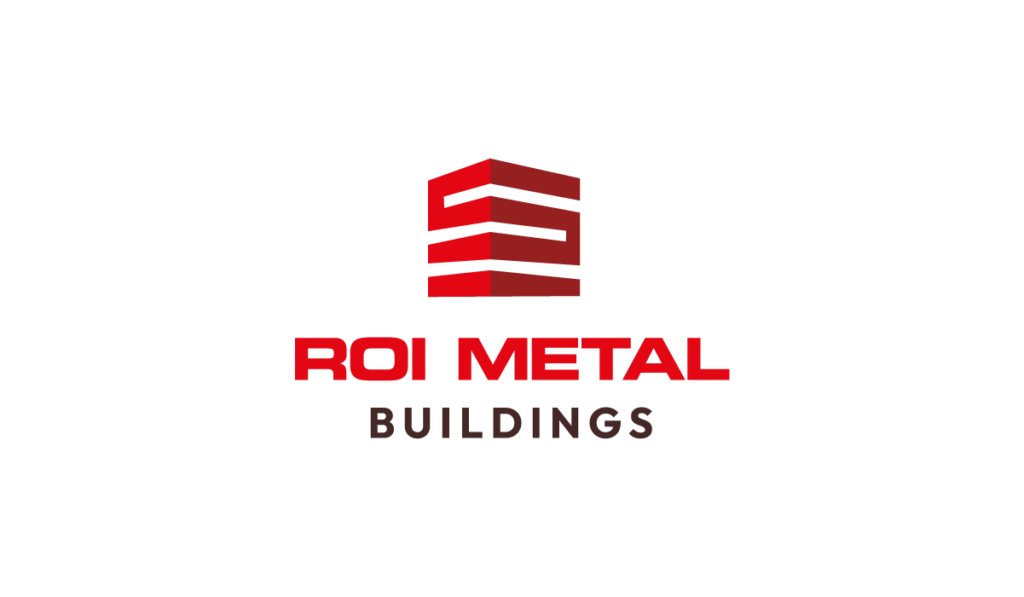Metal and concrete each present distinctive advantages and shortcomings in the arena of building systems. A thorough comparison must include critical elements like structural strength, cost effectiveness, sustainability, fire resistance, maintenance needs, durability and design flexibility. However, while some may perceive concrete as time-tested and traditional, metal buildings often surprise with robust strength-to-weight ratios, cost-efficiency over the long run, increased adaptability, and impressive eco-friendliness. Now, let’s dive into a detailed examination starting with their comparative structural strength.
Before we begin, just a quick reminder. We wrote another detailed article last week about red iron steel buildings vs tubular steel buildings. We believe it’s important to understand the pros and cons of each building style.
Metal building systems offer several advantages over concrete building systems, including faster construction times, cost-effectiveness, and higher sustainability due to the recyclability of steel. Additionally, metal buildings have lower long-term maintenance costs compared to concrete buildings, making them an attractive option for many construction projects.
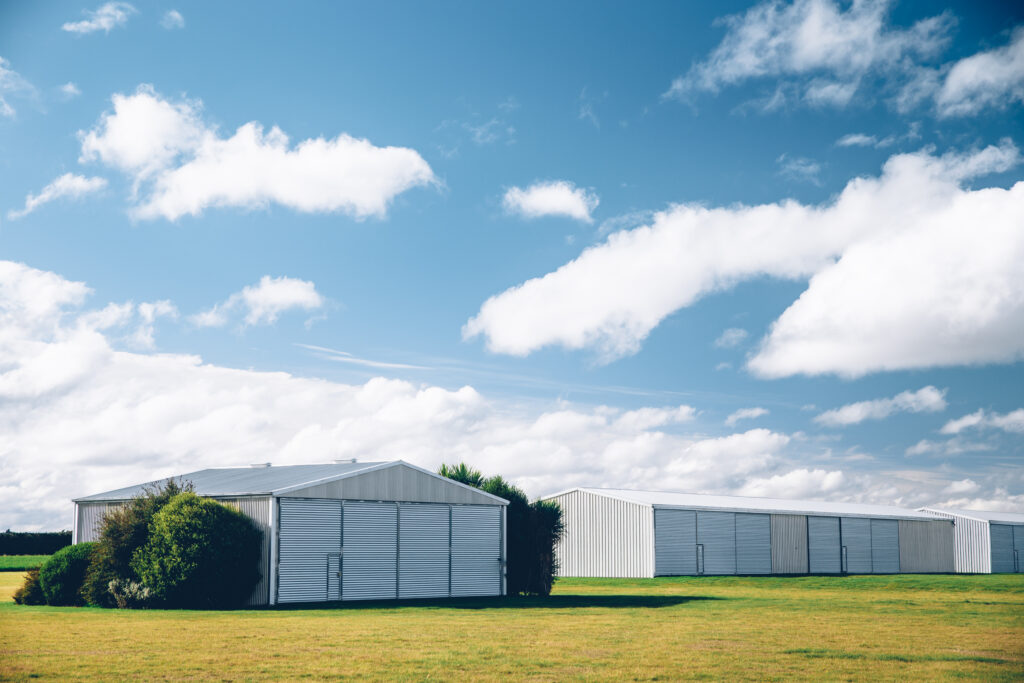
Major Differences Between Red Iron and Tubular Stee
Metal vs Concrete: An Overview
Throughout history, architecture has employed various techniques to construct durable and resilient structures. In the realm of modern construction, two materials stand out prominently: metal and concrete. Each material is utilized differently, offering its own set of benefits and drawbacks.
Strength and Stability: Metal boasts an impressive tensile strength, capping at around 23,000 pounds per square inch. In contrast, concrete exhibits remarkable compressive strength, ranging from 3,000 to 7,000 pounds per square inch. Each substance’s distinct properties make them suitable for different types of structures, allowing for strategic use in construction projects based on specific needs.
Advantages and Drawbacks:
When exploring the advantages of each material, steel buildings have gained popularity due to their cost-effectiveness, eco-friendliness, and durability. On the other hand, concrete also offers a set of benefits such as high thermal mass for regulating indoor temperatures and fire-resistant qualities. However, both materials come with limitations—steel buildings may require additional insulation to prevent heat conduction while concrete’s production process generates a significant amount of carbon dioxide emissions.
The key to understanding these building materials is recognizing that their unique attributes lend themselves to varying project needs and environmental considerations.
The question often arises as to which material is better suited for low-rise construction. This decision largely depends on factors such as design preferences, building codes, and short-term and long-term costs. In essence, understanding not only the individual benefits and drawbacks but also where they intersect will help project planners make informed decisions when selecting the best material for specific building projects.
Further exploration into specific aspects such as cost, sustainability, fire resistance, maintenance, durability, and design flexibility will shed more light on how metal and concrete building systems compare in various contexts.
Comparing Structural Strength
When comparing the structural strength of metal buildings to concrete buildings, it’s essential to consider several key factors. Metal buildings are notably favored for their high strength-to-weight ratios, making them a popular choice for large, unobstructed interior spaces. Their resilience to harsh weather conditions strengthens their appeal, and their ability to withstand high wind loads contributes to their durability.
Additionally, metal buildings offer more flexibility when it comes to reconfiguration and expansion. As needs evolve, the building can be easily adapted to accommodate changes in use or size without compromising its integrity. The lightweight nature of metal also lends itself well to faster construction times, providing cost savings and quicker project completion.
On the other hand, concrete buildings stand out for their exceptional compressive strength, making them ideal for withstanding heavy loads and providing stability in seismic zones. The solid construction and durability of concrete contribute to its popularity. Concrete’s ability to resist compression makes it exceptionally resilient when subjected to pressure or weight, making it a go-to choice for applications where heavy loads need to be supported.
In essence, both metal and concrete buildings possess unique strengths that cater to different requirements and preferences. Understanding these differences empowers individuals and businesses to make informed decisions when selecting the most suitable building system for their specific needs.
By examining various aspects of construction materials, we gain a deeper understanding of the impact of these choices on the overall building process. This leads us to explore the intriguing realm of “Cost and Speed of Construction.
Cost and Speed of Construction
When it comes to construction projects, cost and time are two significant factors that influence decision-making. Let’s take a closer look at how metal building systems and concrete building systems compare in terms of cost-effectiveness and speed of construction.
Metal building systems stand out for their cost-effective nature. The efficient pre-engineering and manufacturing processes contribute to lower material costs, making them a desirable option for many builders. With metal buildings, the components are designed and fabricated offsite, leading to reduced material waste and higher precision in the construction process. This streamlined approach not only saves money but also accelerates the overall construction timeline, resulting in lower labor costs and quicker project completions. In essence, the cost-effective nature of metal building systems is tightly intertwined with their ability to facilitate faster construction, providing a dual advantage.
On the other hand, concrete building systems, while known for their durability, often entail higher upfront costs due to the labor-intensive nature of concrete construction. The process of forming and pouring concrete structures necessitates meticulous attention to detail, contributing to extended project durations and subsequently augmented labor expenses. Concrete construction projects typically involve intricate coordination among various trades and require ample time for tasks such as curing and setting, which can elongate the overall construction phase. While concrete offers longevity, its initial cost and prolonged construction periods may pose financial implications that demand careful consideration.
It’s evident that the distinct characteristics of metal building systems and concrete building systems significantly impact both cost considerations and construction timelines. While metal building systems excel in delivering cost-effective solutions with accelerated construction processes, concrete buildings, although durable, tend to involve higher initial expenses and longer project durations due to their intricate construction methods.
In the subsequent section, we’ll explore how these different building systems align with specific project requirements and objectives, shedding light on their applicability in diverse construction scenarios.
The Sustainability Factor
Sustainability is a hot topic these days, and for good reason. When it comes to construction, the choices we make impact the environment and our resources. So, when you’re considering metal buildings and concrete buildings, it’s important to think about their sustainability too.
Metal Buildings: Metal buildings have a sustainability edge due to the high use of recycled content in steel components. Steel is one of the most recycled materials on Earth, with a high recycling rate that minimizes the need for new raw materials. Moreover, at the end of a building’s useful life, all of its steel components can be recycled without any loss of quality. This significantly reduces the environmental impact of construction projects and aligns with sustainable practices.
Consider this as an example: The steel used in a modern metal building could have once been part of an old car or a scrapped steel structure. By using recycled steel, less energy is consumed and fewer raw materials are required than starting from scratch with new steel production.
Moreover, metal buildings can also be designed to incorporate energy-efficient features such as insulated metal panels and cool metal roofing systems. This helps in reducing energy consumption over the lifespan of the building and contributes to sustainable practices.
Now, it’s time to shift our attention to concrete buildings and their sustainability features.
Concrete Buildings
Concrete buildings contribute significantly to carbon dioxide emissions during production due to the high energy requirements involved in cement manufacturing and the chemical process of creating concrete. However, advancements in concrete technology have introduced more environmentally friendly options that aim to reduce the carbon footprint associated with concrete production.
The introduction of alternative cementitious materials, such as fly ash and slag cement, has allowed for partial replacement of traditional cement in concrete mixtures. These alternative materials are by-products from industrial processes, effectively reducing waste and limiting the demand for natural resources.
Concrete structures are known for their long lifespans, which contributes to sustainability over time. Once constructed, well-maintained concrete buildings can withstand the test of time and continue to serve their purpose for several decades.
Understanding these key factors provides valuable insight into the sustainability features of both metal and concrete building systems, enabling informed decisions based on environmental considerations for construction projects.
Fire Resistance Comparison
When constructing safe and resilient buildings, the ability to withstand fire is a crucial consideration. Let’s first take a look at metal building systems, particularly those constructed with steel as the primary material.
Metal Building Systems
Metal buildings using steel as their primary material boast a high melting point, which makes them inherently fire resistant. In the event of a fire, steel can maintain its structural integrity for a considerable amount of time, providing occupants with crucial minutes to evacuate the building. However, while steel’s high melting point offers excellent resistance to fire, prolonged exposure to extreme heat can cause it to weaken over time, potentially compromising the structure’s stability.
Additionally, when exposed to high temperatures, steel can expand and deform, leading to potential structural damage. Therefore, while steel offers impressive initial fire resistance, ongoing maintenance and inspections are vital to ensure the structural integrity of a metal building system in the event of a fire. This underlines the importance of adhering to regular maintenance practices and conducting thorough fire safety assessments for metal structures.
Concrete Building Systems
On the other hand, concrete as a building material is renowned for its natural fire resistance properties. Even under extremely high temperatures, concrete maintains its structural integrity, providing an inherently fire-resistant construction solution. Concrete buildings can withstand fire without compromising their stability for an extended period, making them a preferred choice for structures where fire resistance is of paramount importance.
This inherent resilience to fire aligns well with the robust nature of concrete construction, making it an ideal choice for structures where safety and longevity are key priorities. The ability of concrete buildings to maintain their form and structural strength even under intense heat situations greatly enhances their appeal in terms of safety and durability.
In comparing the fire resistance qualities of metal and concrete building systems, it becomes evident that each material offers unique advantages and considerations when it comes to withstanding the threat of fire.
Maintenance and Durability
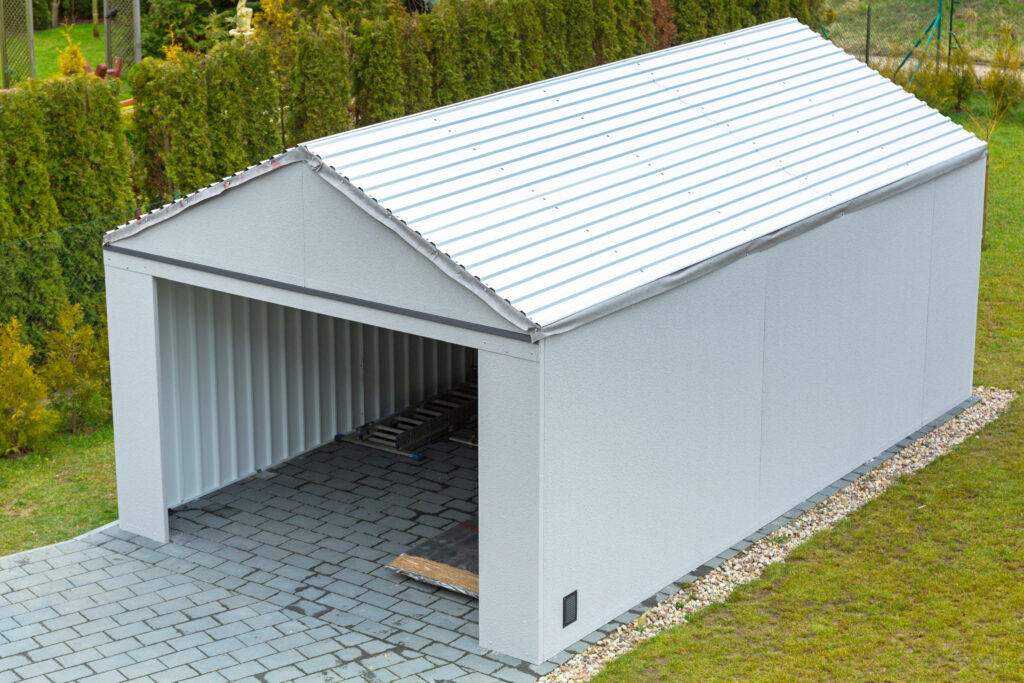
When it comes to maintenance, metal buildings have a strong advantage in requiring minimal upkeep compared to concrete buildings. Steel components are inherently resistant to rust, corrosion, and damage from pests, making them a low-maintenance option for long-term structural integrity.
Expanding on the idea, one of the key benefits of metal buildings is their resistance to rust and corrosion, thanks to the protective coatings used during manufacturing. These coatings act as a shield against environmental elements, ensuring that the structural integrity of the building remains intact over time. In addition, steel’s durability significantly reduces the frequency and cost of maintenance, making it a cost-effective choice in the long run.
Furthermore, minor blemishes such as dents and scratches may occur on metal building components due to impact. While these can be addressed through regular maintenance checks and minor repairs, they do not compromise the structural strength or longevity of the building itself.
On the flip side, concrete buildings are known for their durability when constructed properly. With minimal maintenance needs if built to high standards, concrete structures offer long-term resilience. However, over time, exposure to environmental factors can lead to issues such as cracks and spalling.
It’s important to recognize that proper construction practices play a critical role in determining the maintenance requirements for both metal and concrete buildings. For concrete structures, factors such as efficient curing methods, optimal mix designs, and the use of quality materials contribute to their long-term durability with minimal maintenance needs.
Similarly, for metal buildings, attention to detail during the fabrication process and the application of protective coatings are essential for ensuring low maintenance requirements. Additionally, regular inspections and proactive measures can help address any potential issues before they escalate into significant maintenance concerns.
With a clearer understanding of maintenance and durability in mind, let’s delve into the next crucial aspect – the design flexibility between metal and concrete structures.
Design Flexibility: Metal vs Concrete
When it comes to designing buildings, whether you’re envisioning a sleek, modern office space or a rustic warehouse, design flexibility plays a crucial role. Metal building systems and concrete buildings both offer unique advantages when it comes to flexibility in design.
Metal building systems are acclaimed for their clear span interiors, allowing for vast, open spaces without the need for interior support columns. This makes them incredibly versatile for a wide range of applications, from industrial storage to recreational facilities. Additionally, the exteriors of metal buildings are highly customizable, offering various color options, trim styles, and architectural details that can be tailored to suit the specific aesthetic preferences of the client. This level of customization gives architects and designers the freedom to create visually striking structures that stand out in their surroundings. Furthermore, metal buildings can easily integrate with other construction materials, providing a sophisticated and seamless appearance that meets specific project requirements.
On the other hand, concrete buildings offer substantial design flexibility as well. Concrete can be molded and shaped to accommodate a wide range of architectural styles, including contemporary designs, traditional aesthetics, and innovative shapes. The versatility of concrete allows architects and builders to create dynamic structures with unique surface finishes, making it an ideal choice for projects aiming for visual impact. Whether it’s smooth surfaces or textured finishes, concrete provides ample opportunities for creative expression in architectural design. Moreover, concrete’s ability to be formed into different shapes enables architects to craft buildings that stand out for their individuality and distinctive appearance.
The use of concrete also extends to specialized architectural features such as cantilevered elements and intricate facades. These distinct characteristics further emphasize the adaptability and originality that concrete offers in building design. With such diverse potential for creativity and expression, it’s evident that concrete presents an array of opportunities to bring visionary architectural concepts to life.
In essence, both metal building systems and concrete buildings provide substantial design flexibility, each with its own set of unique attributes that cater to diverse architectural visions. Whether it’s the expansive interiors of metal buildings or the diverse aesthetic possibilities offered by concrete, the choice between these materials often hinges on the specific design goals and requirements of each individual project.
In conclusion, understanding the distinct strengths of metal building systems and concrete buildings is fundamental in making well-informed decisions for construction projects. For further insights on how to best utilize these materials in your upcoming project, feel free to contact us. We’re here to help!
A Detailed Guide On Metal Building Systems vs Concrete Building Systems
In conclusion, making a decision between concrete and steel buildings requires careful consideration of structural strength, cost implications, customization needs, weather resistance, and expert guidance. With these factors in mind, you can confidently choose the most suitable option for your project needs. Call us directly at (865) 316-9009 to get started! Also, if you like our content and want to stay up to date, follow us on Facebook at https://www.facebook.com/roimetalbuildings!
